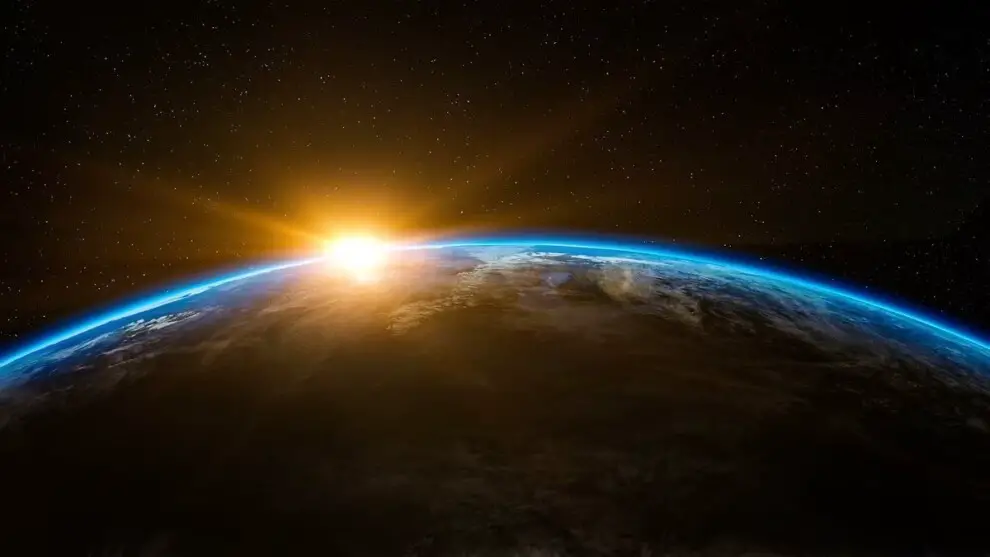Our planet is so vast that it is almost impossible to know everything about it. But today we will tell you about the most interesting facts about our planet.
The planet Earth has existed for billions of years, so the lifespan of the planet that humanity has seen and recorded is quite small. Humanity discovers something new and amazing about the world around it every day. The feeling of discovery and knowledge can be compared with excitement. If you like excitement, be sure to play blackjack online.
Unknown Ocean
Under the Earth’s mantle, at a depth of 660 km, scientists managed to find a huge reservoir of water. The underground ocean is enclosed inside ringwoodite, a rare blue mineral that has an interesting ability to absorb water like a sponge. The size of this reservoir is so huge that the water contained in it can fill all the oceans on Earth three times. Geophysicist Steven Jacobsen believes that the Earth’s waters originally originated from inside the planet. According to his theory, water gradually seeped out of the interior of the young Earth, and formed oceans on the surface of the planet. But this goes against the generally accepted theory that water was brought to our planet by icy comets.
Uneven Gravity
Many believe that gravity is evenly distributed across the planet. But in reality, in some places, for example, in the Hudson Bay area, the force of gravity is less than in other regions of the planet. The reason for this is the gradual melting of glaciers in this region, as well as the movement of magma that surrounds the core of the planet. In 2009, to study the gravitational field of the planet and the steady ocean currents, the Goce research satellite was launched. Thanks to the data obtained from it, scientists were able to create an accurate gravity map that allows you to measure the current in the oceans, changes in sea level, and the ice cover of the planet.
Longer Days
Approximately 620 million years ago, there were only 22 hours in a day. Generated by the gravitational attraction of the Sun and Moon, oceanic tides slowed down the momentum of the Earth’s rotation and thus increased the day by 1.7 milliseconds every century. In addition, the duration of the day was affected by destructive natural phenomena. Such as, for example, the earthquake that occurred off the coast of Japan in 2011. As a result, there was a redistribution of masses on the Earth’s surface, so the Earth’s axis shifted by 17 cm and the planet began to rotate a little faster, thereby reducing the day by 1.8 microseconds.
Pangaea
Pangaea is a supercontinent that existed at the end of the Paleozoic and the beginning of the Mesozoic 300 million years ago. At that moment in history, almost the entire land mass of the Earth was united into one huge array that occupied a third of the planet’s surface. The supercontinent formed as a result of the movement of tectonic plates began to disintegrate 175 million years ago. Geologists say that in 250 million years, thanks to the movement of tectonic plates, the modern continents will again unite into one called “Pangea Ultima”.
Unbearable Heat
According to scientists’ forecasts, in 1 billion years the Sun will become brighter and hotter by 10%. After 4 billion years, as a result of the greenhouse effect, the temperature on the planet’s surface will rise to 400 degrees Celsius. This will lead to the evaporation of the oceans and make it impossible for any life forms to exist on Earth. In 7.5 billion years, the Earth will become as lifeless and desolate as Mars, and the Sun will become a red giant. Scientists believe that when the Sun enters the red giant stage, it will engulf the Earth, and this will mean its end.




